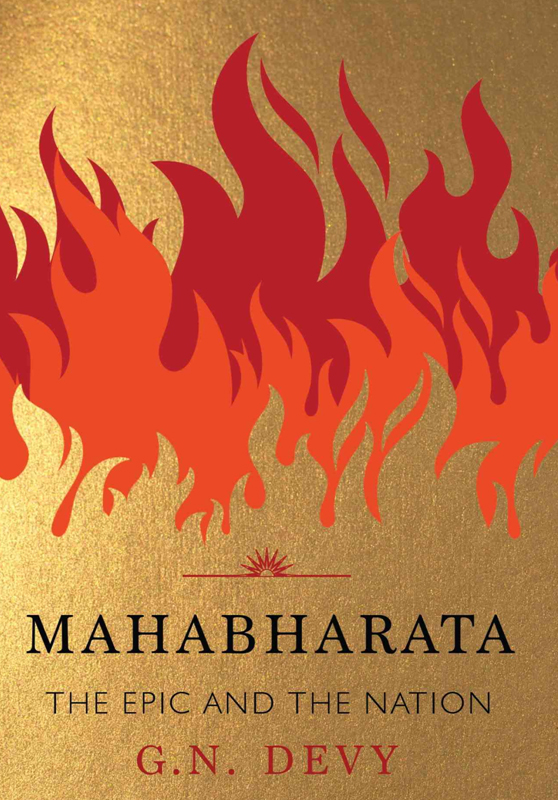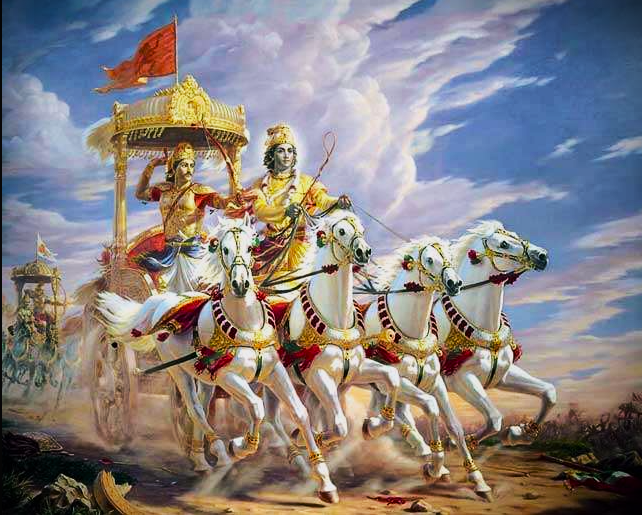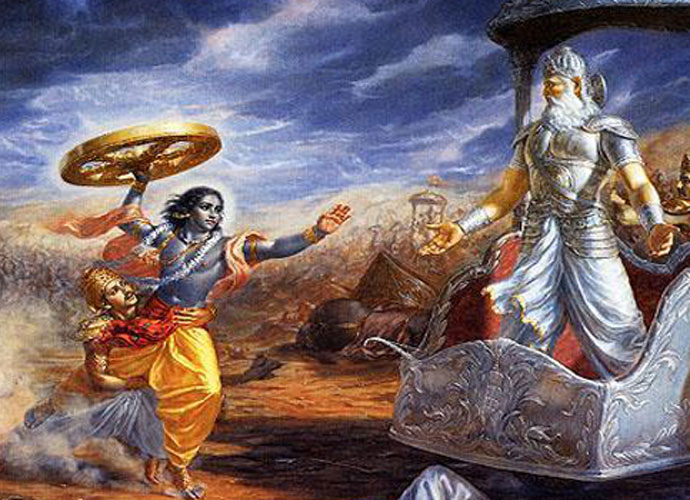Bhaskar Parichha
‘In India, kingdoms and dynasties have come and gone, religious sects have formed and dissolved, schools of philosophy have come together and subsequently been replaced by others, yet the Mahabharata has never ceased to excite the Indian imagination’, reads the blurb of this book.

Mahabharata – The Epic and The Nation by Linguist GN Devy is a fresh and scholarly discourse on the great Indian epic. Dharwad- based and former Professor of English at the Maharaja Sayajirao University of Baroda and Dhirubhai Ambani Institute of Information Technology, Padmasri Devy is founder of the Bhasha Research Center, Baroda, and Adivasi Academy, Tejgadh.
Author of several important like After Amnesia, The Crisis Within, Of Many Heroes, Painted Words, he has co-edited a series of six volumes on indigenous cultures and knowledge and a comprehensive documentation of all living Indian languages in fifty volumes. And, this in itself must have given him abundant space to put the epic in a new perspective.
Two millennia after it was written, the ‘Mahabharata’ has been igniting the Indian imagination. What gives the epic its magic? Its multilayered characters or the philosophical and metaphysical ideas in it? Devy too was fascinated with the text since his childhood, longed to pursue it in university and came face to face with newer versions of it when working with the Adivasis. In this book, he attempts to analyze in various ways why the ‘Mahabharata’ remains one of India’s national epics.

Mahabharata has been many things to many people. The sheer volume of commentaries on the Mahabharata is awe inspiring. So, what is it in the Mahabharata that gives it its timeless magic? Is it the mythical characters with which it is replete that makes the epic so enchanting? Or is it the great wealth of philosophical and metaphysical ideas in it that dazzles its audiences? Or could it be a combination of all these that makes it ever-fascinating to scholars and readers around the world? And, most of all, what accounts for its incredible effect on the subconscious of millions of Indians through several generations? Devy’s book answers these and many other questions rather persuasively.
The clasp that the Ramayana and the Mahabharata have over the minds, memories, imaginations, and identities of Indians has no parallel in the literary history in India, or in any other literary tradition. But, the Mahabharata has an undeniable pre-eminence over the Ramayana.
Writes Devy in the introduction: ‘It is hardly necessary to say that the Mahabharata is an extraordinary cultural production. It ranks among the very greatest in the entire range of world literature, and, within its genre, the epic ranks very high. It has exerted a profound influence on the thought and life of millions in the subcontinent, and it continues in our time to influence life in numerous ways.’
‘It would be no exaggeration to say that the Mahabharata has provided the horizons of imagination to Indian culture and civilization. Since it came into being, it has survived through recitals, renderings, revisions, translations, poetry, and fiction; through adaptations in theater and dance and through representations in sculpture, painting, cinema, TV, and digital media.
In India, kingdoms and dynasties have come and gone; religious sects have emerged, come to be popular, and declined; schools of philosophy have been formed and replaced by other schools; art forms have emerged and in subsequent eras been overshadowed by other art forms.‘

Arguing that the Mahabharata rules the national imagination through a mix of fact and fantasy, Devy’s treatise discovers the epic in the lives of an average Indian. The Indian people’s fascination with Vyasa’s epic perhaps lies in its classification as itihasa (a record of things as they happened), whereas Valmiki’s epic poem is thought of falling more into the category of great (maha) kavya (poetry).
In Devy’s opinion, there is an indispensability of the Indian identity that draws from the Mahabharata, because it is not just an epic, it is also the nation’s “way of remembering”.
According to the book, the Mahabharata continues to permeate the common man’s life and mind, Devy points out to the fact that while Ramayana is used to further political motives by the current dispensation, Mahabharata drives the general imagination.
Despite its sneaky assertion of the discriminatory caste system, the Mahabharata managed to uphold the larger values of acceptance, synthesis, and inclusion, and that is why it has remained the people’s epic. Unlike the mantra, shastra or sutra texts, which were reined in by Brahminical control, it moved around as suta (bardic) literature, picking up regional flavors.

Like the many versions of the Ramayana, we hear of many Mahabharatas – such as the (Jain Mahabharata), the (Bhil Mahabharata) and many more.
Laments Devy: At present, one’s access to the epic has become somewhat reduced. Children are introduced to it through illustrated storybooks, and adults get to “see” it enacted on the TV screen. And yet, we like to believe that we know the Mahabharata. If no other epic wherever in the world has so substantially been an integral part of a people’s emotional life as Mahabharata, this tiny book only goes to substantiate that.
Mahabharata – The Epic and the Nation
GN Devy
Aleph Books
Daryaganj
New Delhi
Rs 499
(The reviewer is a senior journalist and Consulting Editor, OdishaPlus, Views are personal)
Tags: #Mahabharatbook #JainMahabharata #BhilMahabharata #MahabharatSerial #PhilosophyofMahabharat






















